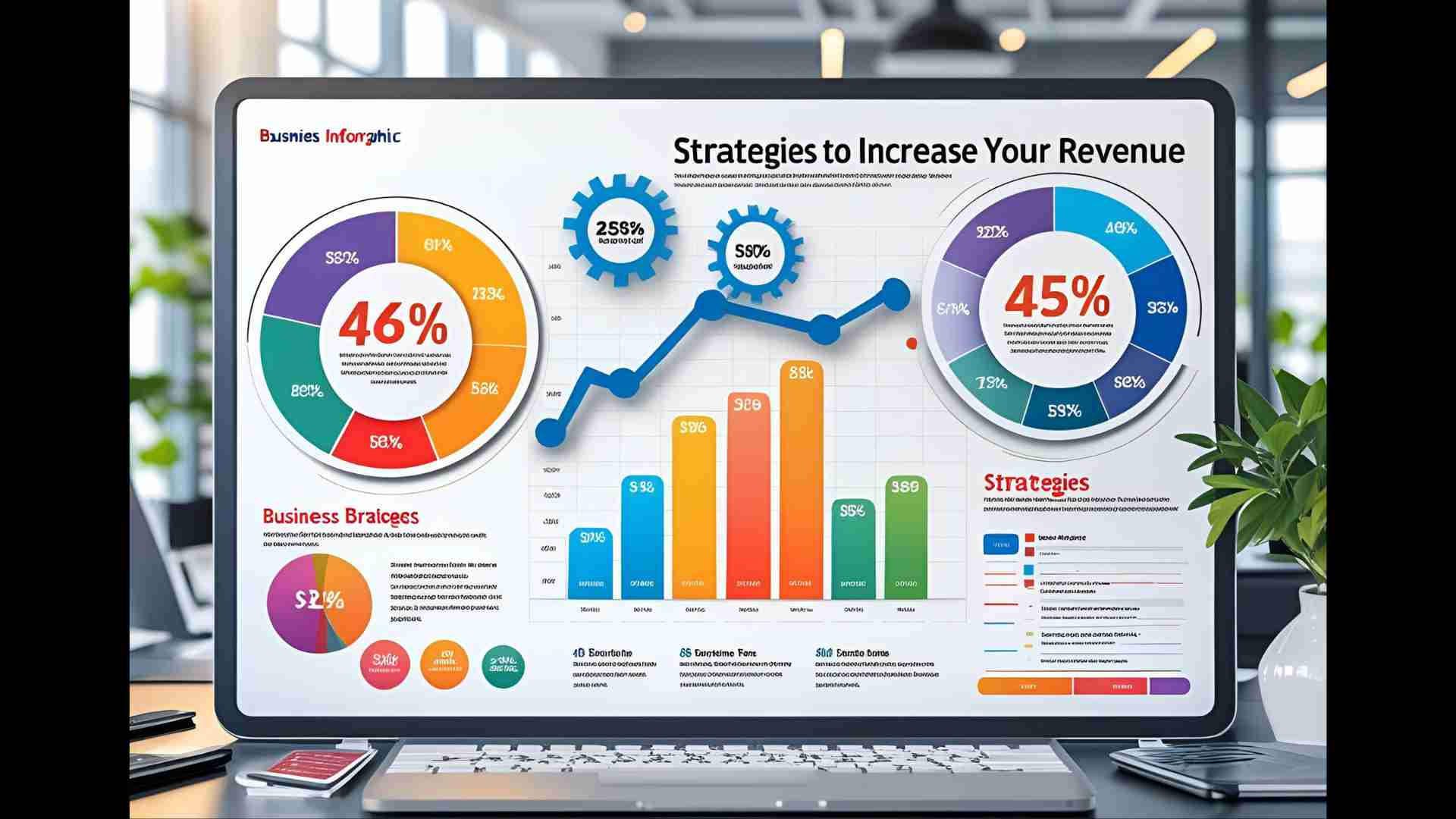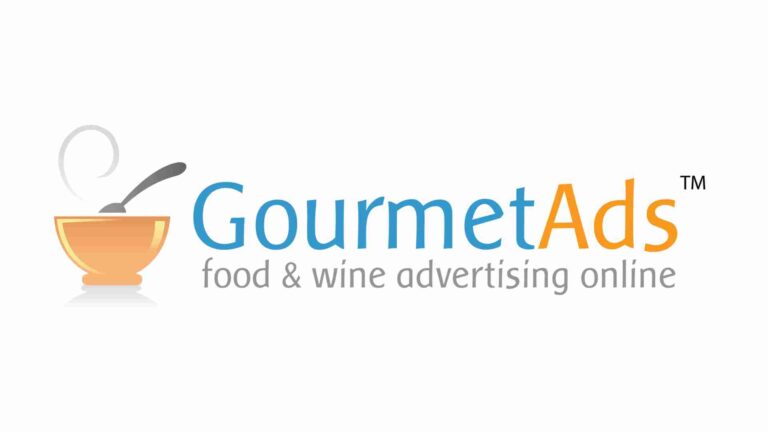3 Strategies to Increase Your Revenue as a Food Blogger
Discover 3 proven strategies to boost your food blog revenue through SEO, ads, affiliate marketing, and more. Learn expert tips to monetize effectively!
Food blogging is a vibrant blend of passion, creativity, and entrepreneurship. For many, it’s a dream to turn a love for food into a sustainable income. But monetizing a food blog requires more than just posting delicious recipes—it demands strategic thinking and optimization to maximize revenue from every pageview, follower, and piece of content. This article explores three powerful strategies to boost your food blog’s revenue: optimizing ad revenue, leveraging affiliate marketing and recurring revenue, and capitalizing on email newsletters and seasonal content. Drawing from real-world examples and expert insights, we’ll uncover how to “juice the orange”—a metaphor for extracting maximum value from your content. Whether you’re a beginner or a seasoned blogger, these strategies will help you grow your income while staying true to your culinary voice.
Understanding the Concept of “Juicing the Orange”
The phrase “juicing the orange” encapsulates the idea of extracting every possible drop of value from your content. As food bloggers, we often focus on creating recipes, snapping Instagram-worthy photos, or chasing viral TikTok videos. While these are critical for audience growth, many bloggers overlook a key question: How can this content be best monetized?
To illustrate, consider a baseball game. Beyond ticket sales, teams generate revenue through stadium naming rights, sponsored bobbleheads, parking fees, food and drink sales, merchandise, and even ads during the seventh-inning stretch. Similarly, food bloggers can diversify their income streams by strategically monetizing their content. The goal isn’t to overwhelm your audience with ads or promotions but to thoughtfully integrate revenue-generating opportunities that enhance the user experience.
The three strategies below—drawn from successful practices at Pinch of Yum and insights from food blogging experts—offer actionable ways to increase your revenue while maintaining authenticity and value for your readers.
Strategy 1: Optimize Ad Revenue for Passive Income
Display ads are a cornerstone of food blog monetization, offering a passive income stream that grows with traffic. By strategically optimizing ad placements and networks, you can significantly boost your earnings without compromising user experience.
Why Display Ads Matter
Display ads generate revenue through two primary models:
- CPM (Cost Per Mille): You earn a fixed amount for every 1,000 ad impressions (views). For example, with a $5 CPM and 300,000 monthly pageviews, you could earn $1,500.
- CPC (Cost Per Click): You earn when visitors click on ads, with rates varying by niche and ad network.
For food bloggers, ad networks like Mediavine and Raptive (formerly AdThrive) are industry leaders, offering high CPM rates and optimized ad placements. Mediavine’s Journey tier, for instance, caters to blogs with at least 10,000 monthly sessions, making it accessible for smaller bloggers.
Case Study: Pinch of Yum’s AdThrive Video Switch
Pinch of Yum saw a remarkable 30x increase in ad revenue by switching from YouTube video embeds to AdThrive’s video player. The process was simple: they replaced YouTube players with AdThrive’s, using the same video content. This change capitalized on higher ad rates and better monetization technology, proving that small tweaks can yield massive results.
Tips for Maximizing Ad Revenue
- Increase Traffic: More pageviews mean more ad impressions. Focus on SEO (discussed in Strategy 3) to drive organic traffic.
- Optimize Ad Placement: Experiment with sticky ads, in-content ads, and video ads. Ad networks provide data-driven recommendations for optimal placement.
- Improve User Experience: A clean, fast-loading website encourages visitors to stay longer, increasing ad impressions. Use tools like Google PageSpeed Insights to optimize site performance.
- Consider Video Ads: If your blog features videos, migrate to an ad network’s video player for higher earnings. If you don’t have videos, create short, engaging ones for popular recipes.
- Join a Quality Ad Network: Apply to Mediavine or Raptive once you meet their traffic thresholds (typically 50,000 sessions for Mediavine and 100,000 pageviews for Raptive). Smaller blogs can start with Google AdSense or Mediavine Journey.
Revenue Potential
The table below illustrates potential ad revenue based on monthly pageviews and CPM rates:
| Monthly Pageviews | CPM Rate | Monthly Revenue |
|---|---|---|
| 100,000 | $3 | $300 |
| 100,000 | $7 | $700 |
| 300,000 | $3 | $900 |
| 300,000 | $7 | $2,100 |
| 1,000,000 | $5 | $5,000 |
By focusing on traffic growth and ad optimization, bloggers like Kathryn from Kathryn’s Kitchen Blog scaled ad revenue to six figures, with ads comprising 90% of her income by 2024.
Strategy 2: Leverage Affiliate Marketing and Recurring Revenue
Diversifying income streams is key to a sustainable food blogging business. Affiliate marketing and recurring revenue models, such as sponsored links, offer consistent earnings with minimal ongoing effort.
Affiliate Marketing: Earning Through Recommendations
Affiliate marketing involves promoting products or services and earning a commission for each sale made through your unique tracking links. For food bloggers, this can include kitchen tools, ingredients, cookbooks, or meal delivery services. Programs like Amazon Associates are popular due to their vast product range and ease of use.
How It Works
- Sign up for an affiliate program and receive a unique link.
- Embed links in blog posts, recipe cards, or social media.
- Earn a commission (typically 3-10% for Amazon, higher for niche programs) when readers purchase through your links.
Tips for Affiliate Success
- Promote Relevant Products: Recommend tools or ingredients you genuinely use, such as a favorite stand mixer or specialty spices. Authenticity builds trust.
- Integrate Links Naturally: Embed affiliate links in recipe ingredient lists or resource pages. For example, link to a specific brand of olive oil in a recipe card.
- Track Performance: Use tools like Pretty Links or affiliate dashboards to monitor clicks and conversions.
- Diversify Programs: Beyond Amazon, explore programs like ShareASale, Rakuten, or direct brand partnerships for higher commissions.
Recurring Revenue: Sponsorships in Content
Pinch of Yum experimented with recurring revenue by partnering with brands to place sponsored, no-follow links in recipe ingredient lists. For example, linking to a specific brand’s canned tomatoes in a recipe card. While still in beta, this approach generated modest revenue (under $500/month) but has potential to scale with multiple brand partnerships.
Why It Works
- Non-Intrusive: Links in ingredient lists feel helpful rather than promotional.
- Recurring Income: Unlike one-off sponsored posts, these partnerships provide ongoing payments as long as the links remain valuable.
- Scalable: Imagine securing 5-10 brands to sponsor ingredients like sugar, flour, or olive oil, creating a steady income stream.
Implementation Tips
- Approach Current Sponsors: Pitch recurring link placements to brands you already work with.
- Ensure Transparency: Use no-follow links and clear disclosures to comply with FTC guidelines.
- Test and Scale: Start with one brand, measure performance, and expand to others.
Chart: Income Diversification Flow

This chart illustrates how diversifying income streams through ads, affiliate marketing, and recurring revenue creates a robust monetization strategy.
Strategy 3: Capitalize on Email Newsletters and Seasonal Content
Email newsletters and seasonal content are underutilized tools for food bloggers. By building an email list and creating timely, engaging content, you can drive traffic, boost engagement, and unlock new revenue opportunities.
Email Newsletters: Building a Direct Connection
An email list allows you to communicate directly with your audience, bypassing algorithm changes on social media or search engines. It’s a powerful tool for promoting recipes, affiliate links, or digital products.
Why Email Matters
- Higher Engagement: Email subscribers are more likely to engage with your content than casual website visitors.
- Revenue Opportunities: Sponsored email placements, affiliate promotions, or product sales can generate significant income.
- Traffic Driver: Newsletters can direct readers to specific posts, boosting ad impressions.
Pinch of Yum’s Approach
Pinch of Yum is exploring email sponsorships, where brands pay to include their logo and link at the top of newsletters. While not yet implemented, this strategy mirrors successful models like Product Hunt, which monetizes email headers effectively.
Tips for Email Monetization
- Offer a Freebie: Create a downloadable recipe eBook, meal plan, or cooking guide to entice sign-ups. Tools like MailerLite simplify list management.
- Segment Your Audience: Group subscribers by interests (e.g., baking, vegan recipes) for targeted campaigns.
- Test Sponsored Emails: Pitch brands for header or footer ads in newsletters. Combine with affiliate links for dual revenue streams.
- Automate Campaigns: Set up automated welcome emails with sponsored links or product promotions for new subscribers.
Seasonal Content: Riding the Holiday Wave
Seasonal content, such as holiday recipes or themed roundups, attracts high-intent readers searching for specific dishes. Kathryn’s Kitchen Blog saw a traffic surge from a December cookie series, boosted by Pinterest and Instagram shares.
Why Seasonal Content Works
- High Search Volume: Holidays like Christmas or Thanksgiving drive massive recipe searches.
- Social Media Shareability: Festive posts perform well on platforms like Pinterest and Instagram.
- Affiliate Opportunities: Include links to seasonal tools (e.g., cookie cutters) or ingredients.
Tips for Seasonal Success
- Plan Early: Publish holiday content 4-6 weeks in advance to capture early search traffic.
- Optimize for SEO: Use tools like RankIQ to find high-volume, low-competition seasonal keywords (e.g., “easy Christmas cookie recipes”).
- Leverage Social Media: Share seasonal posts on Pinterest with high-quality pins and on Instagram with reels or stories.
- Incorporate Affiliate Links: Link to relevant products in seasonal recipes to boost commissions.
Revenue Impact Example
Kathryn’s seasonal cookie series not only increased traffic but also strengthened audience connections, leading to repeat visits and higher ad revenue. By combining seasonal content with email campaigns, you can amplify both traffic and engagement.
Supporting Strategies for Revenue Growth
While the three main strategies form the core of monetization, additional tactics can enhance your success:
Focus on SEO and Keyword Research
SEO is the backbone of traffic growth, which directly impacts ad and affiliate revenue. Tools like SEMrush, Ahrefs, or RankIQ help identify high-volume, low-competition keywords. For example:
- Long-Tail Keywords: Target phrases like “quick vegan dinner recipes” for easier ranking.
- Optimize Old Content: Update existing posts with fresh keywords, images, and internal links to boost rankings.
- Write for Readers: Balance SEO with valuable, reader-focused content to maintain engagement.
Build a Cohesive Brand
A consistent brand voice and aesthetic make your blog memorable. Whether it’s through storytelling, unique recipe niches, or high-quality visuals, authenticity attracts loyal readers and brands.
Outsource and Prioritize
Burnout is real. Focus on high-impact tasks like recipe creation and SEO, and outsource tasks like email marketing or graphic design. Kathryn’s shift to one high-quality recipe per week, combined with outsourcing, made her blog sustainable while tripling her income.
Be Selective with Brand Collaborations
Sponsored posts can be lucrative, but only work with brands that align with your niche and values. Authenticity resonates with readers and maintains trust.
Real-World Success: Kathryn’s Journey to Six Figures
Kathryn from Kathryn’s Kitchen Blog exemplifies these strategies. Starting with minimal earnings on She Media, she joined Mediavine in 2020, earning $1,000/month. By 2022, her focus on SEO, seasonal content, and ad optimization doubled her income, surpassing her hotel job. In 2023, she tripled her earnings, and by 2024, ad revenue accounted for 90% of her six-figure income. Her success highlights the power of persistence, strategic focus, and diversification.
Conclusion
Monetizing a food blog is a marathon, not a sprint. By optimizing ad revenue, leveraging affiliate marketing and recurring revenue, and capitalizing on email newsletters and seasonal content, you can “juice the orange” and maximize your blog’s earning potential. Combine these strategies with SEO, a strong brand, and selective partnerships to build a sustainable, profitable food blog. Whether you’re aiming for a side hustle or a full-time career, these actionable steps will help you turn your culinary passion into a thriving business.
Call to Action
Ready to skyrocket your food blog income? Book a free consultation to audit your website, optimize your ad strategy, or refine your SEO approach. Start implementing these strategies today and watch your revenue grow!
Please share these Pinterest Trends For Food Bloggers to Get 1M Traffic with your friends and do a comment below about your feedback.
We will meet you on next article.
Until you can read, 3 Advantages of Using the Feast Plugin for Food Bloggers






